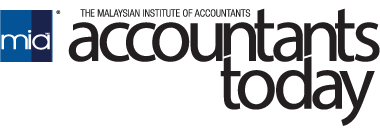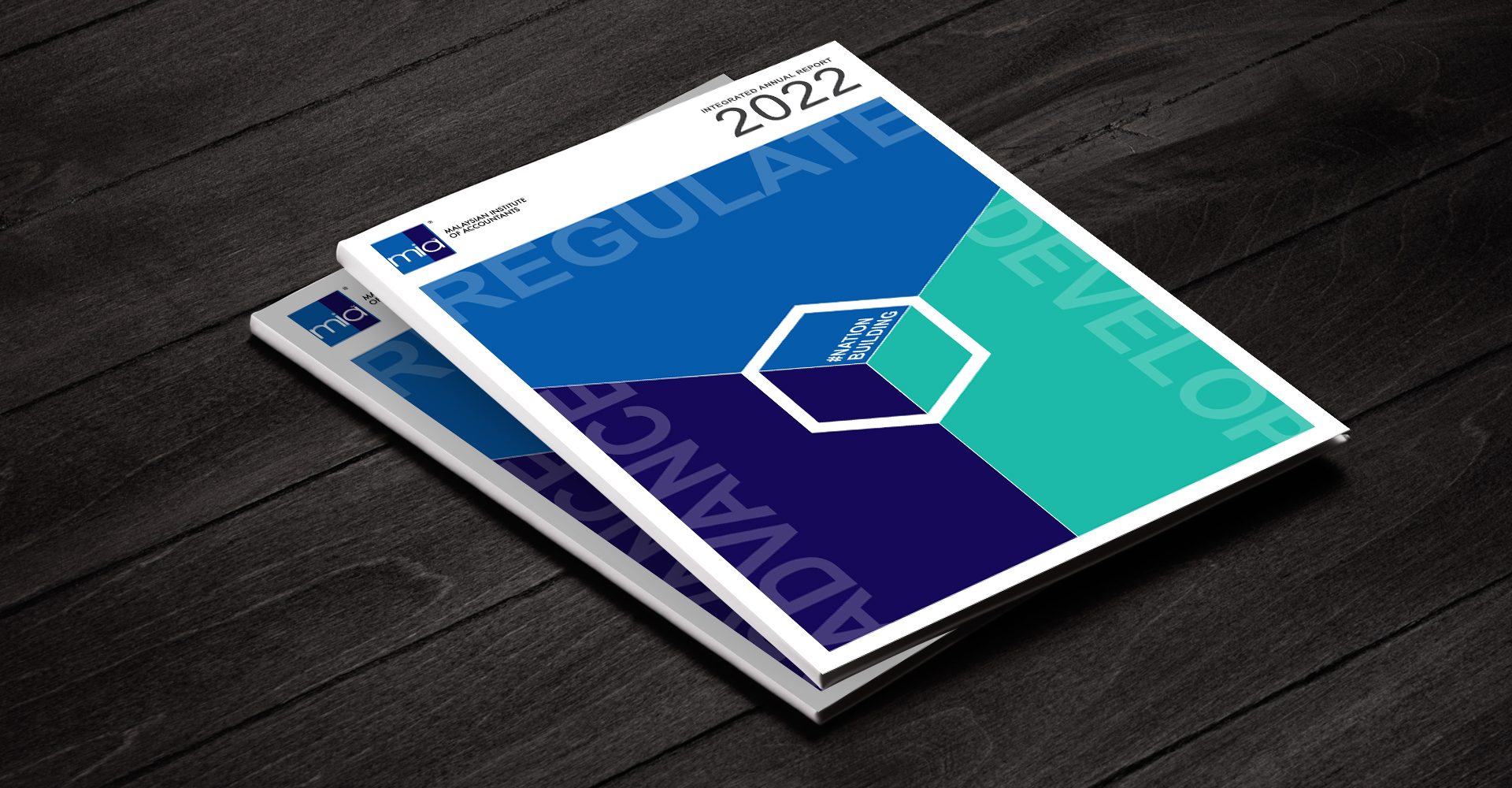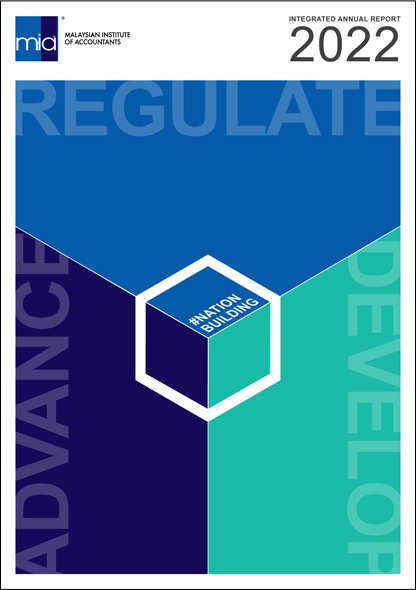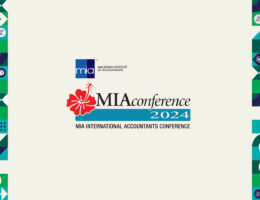The latest MIA Integrated Annual Report (IAR) 2022 is now available for download on the MIA website.
By telling our value creation story concisely and effectively in the IAR 2022, MIA hopes that our stakeholders will better understand MIA’s vision of achieving the future relevance of the profession to support our nation building purpose.
Themed Regulate, Develop, Advance, the IAR 2022 narrates MIA’s nation building purpose through effective regulation and development of the accountancy profession in Malaysia as mandated by the Accountants Act 1967. Gain insights into how we advance the profession and nation through our strategic collaborations with our diverse stakeholders who are our key asset. We also discuss the profession’s role in ESG advocacy and how accountants’ unique competencies can be harnessed to champion climate action and the future sustainability of the profession, business and nation.
The following are some highlights of the IAR 2022:
President’s Message
Datuk Bazlan Osman discusses MIA’s efforts to strengthen the future relevance of the accountancy profession in support of sustainable nation building, for the financial year under review and for the year to come. Key highlights include the focus on enhancing the holistic well-being of our members, through initiatives such as the new MIA Members Assistance Programme and the MIA Careline and our vigorous emphasis on ESG advocacy for future relevance and sustainability.
CEO’s Message
Dr Wan Ahmad Rudirman Wan Razak shares his insights on the key highlights of the Institute’s operational performance for the period from July 2021 to June 2022 and the projected outlook from mid-June 2022 onwards. Through agile management, the Institute was able to fulfil its four strategic objectives of competency development, enhancing ethics, strengthening regulation and enhancing the value proposition of the profession for future relevance of accountants. In summary, MIA successfully achieved its strategic objective targets for the year by 93%, whereby 23% of targets were exceeded while 70% of targets were achieved or remained on track.
Case Study
Clamping Down on Bogus Accountants delves into MIA’s rigorous efforts to eradicate bogus accountants i.e. fraudsters who are not licensed to practice accounting but offer bogus accountancy services in the marketplace, to strengthen regulation and enforce good governance in the public interest.
Special Focus
Future Relevance of the Profession. The accountancy profession today faces various sources of disruption to life and work, such as technological shifts, increasing automation and digitisation of jobs and roles, health and well-being concerns, climate change and extreme weather phenomena, remote and hybrid work arrangements, and dynamic regulations to name a few material factors. To support accountants through these tectonic shifts and counter fears of job obsolescence, the Institute created and continues to implement its multi-faceted strategy that seeks to nurture the capabilities and competencies of accountants for their resilience and relevance.
Sustainability Agenda
This segment looks at the Institute’s sustainability efforts which are two pronged. One is to implement ESG matters into enterprise strategy and operations to support the nation’s zero emissions and climate change action targets towards long term sustainability. Two is to reinforce the global profession’s call for climate responsibility and leadership which in turn drives the relevance and future proofing of accountants worldwide. In the context of the Institute’s value creation activities, Goal 3 (Good Health and Well-being) Goal 4 (Quality Education), Goal 8 (Decent Work and Economic Growth), Goal 13 (Climate Action), Goal 16 (Peace, Justice and Strong Institutions) and Goal 17 (Partnerships for the Goals) are the most relevant to our purpose as the regulator and developer of the accountancy profession.
The IAR 2022 also presents MIA’s extensive stakeholder engagement analysis, material matters, risks and how these impact our business model, capitals and performance as measured against its four strategic objectives, as well as other information that can help stakeholders to comprehend MIA’s strategy, decision-making and outcomes.
Click here to read the full report.







